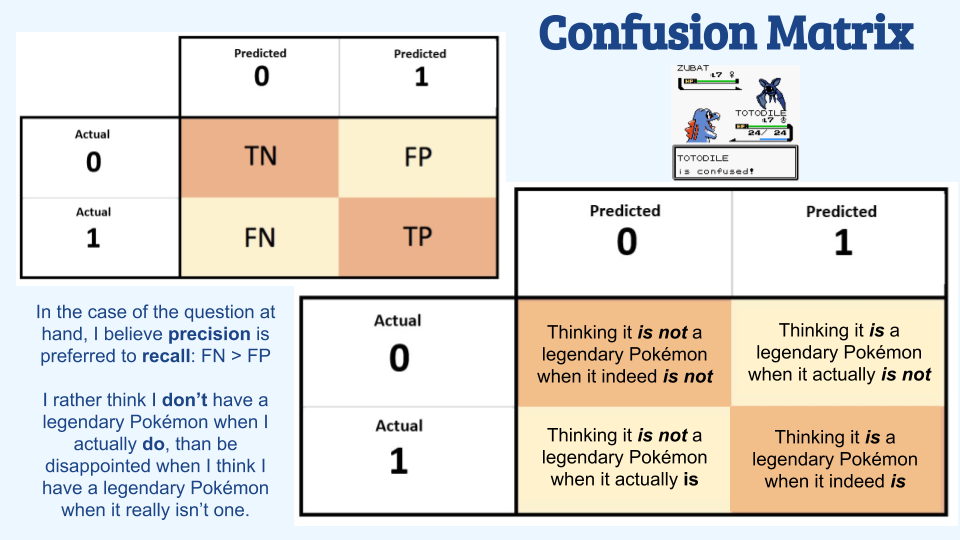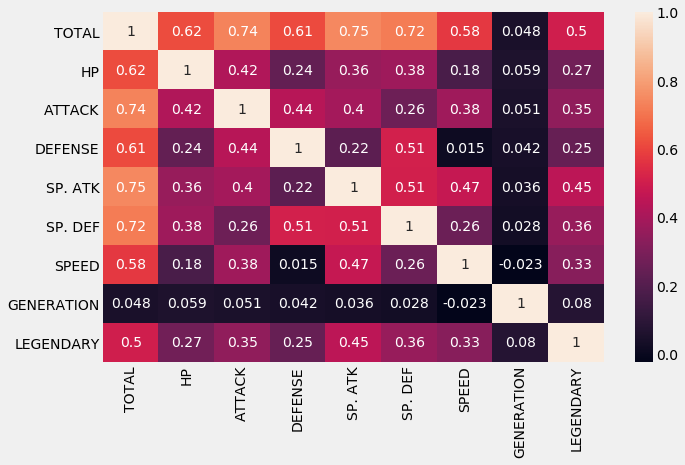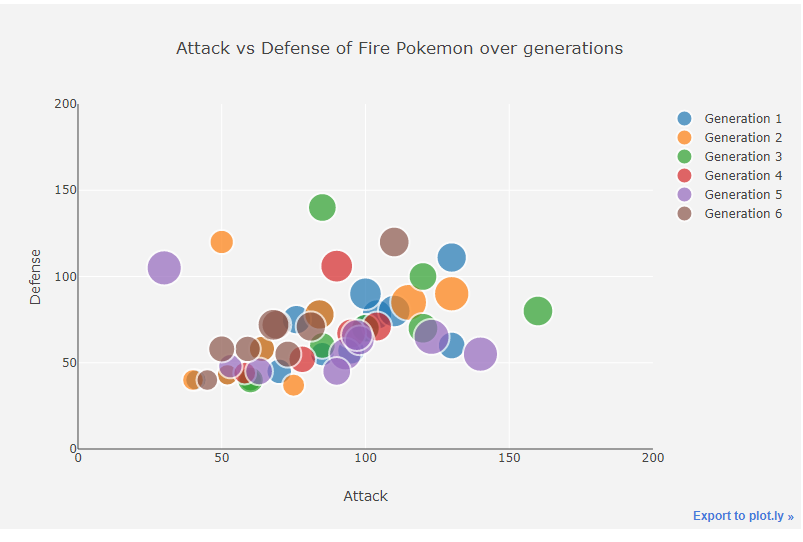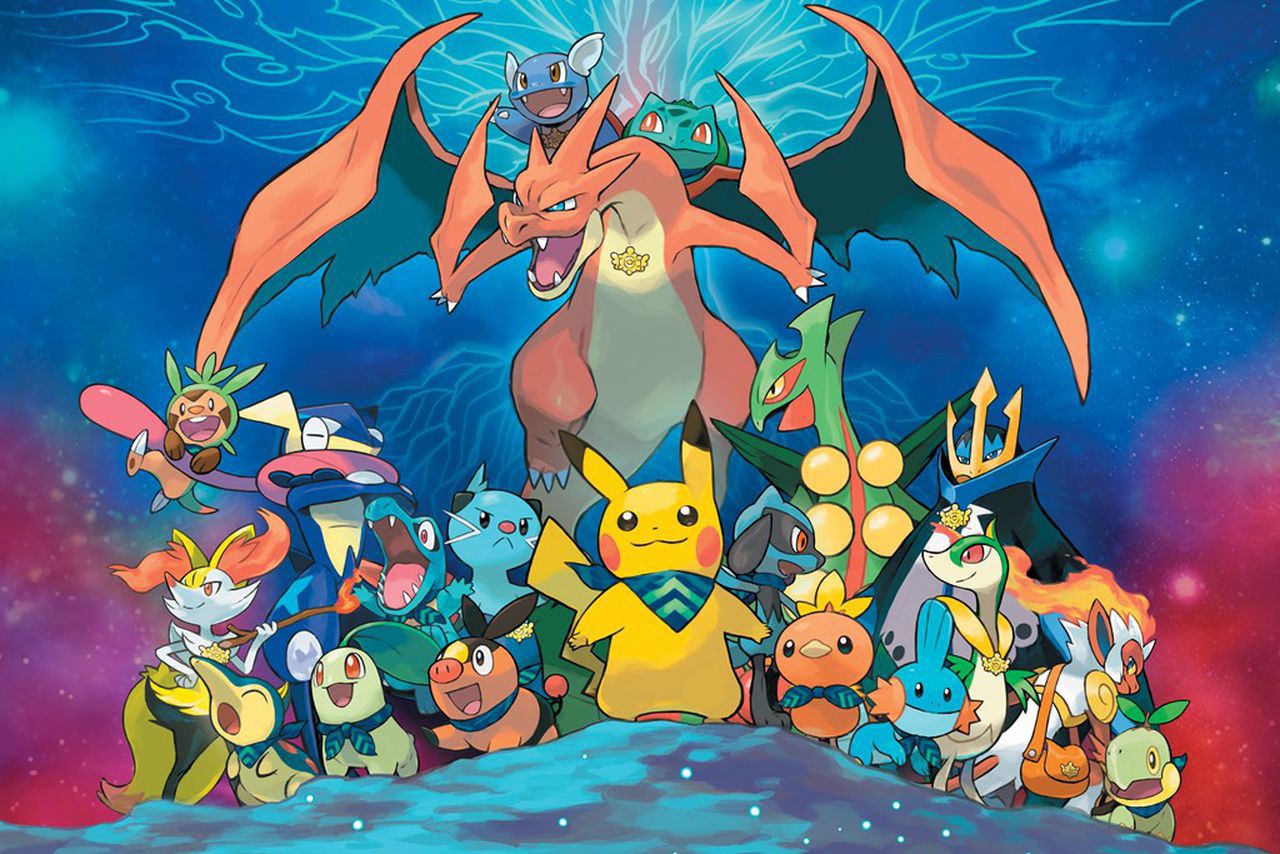Introduction
Machine Learning is widely used across different problems in real-world scenarios. Most machine learning algorithms are applied to large amounts of data. You may have found data classification to be a major problem when working with such datasets. Now, data classification can be either binary or multi-class classification. In this article, we will dive deep into binary classification. We will first understand binary classification and then apply different ML algorithms to see how accurately we can classify the target. What is the target, you ask? Well, how about catching some Pokemon?
For this tutorial, I will be using the Pokemon stats dataset. Here we have stats of all the Pokemon, and we will try to accurately classify if the Pokemon is legendary or not. For those of you who don’t know, legendary Pokemon are the ones who are very rare and powerful. So let’s go ahead and find out if selected features and the stats help us to classify them correctly.

This article was published as a part of the Data Science Blogathon
Table of Contents
What Is Classification?
In the Machine Learning world, classification refers to separating data into separate class labels. For a particular row in our dataset or values of features, we are interested in associating them with a particular target value. This is widely used in many applications, for example, to find if you got spam mail or not, to identify if an image is fake or not, etc. If there are more than two class labels, we call them multi-class classification.
What Is Binary Classification?
In binary classification, the output of the model is a binary decision: either the input belongs to the positive class, or it belongs to the negative class. This type of classification is widely used in various fields such as finance, healthcare, natural language processing, image recognition, and more.
In our case, we deal with only two classes Legendary or Not Legendary Pokemon. So we have a binary classification problem. The question is, how do we actually measure the accuracy? We have a confusion matrix here by Robert Alterman, which helps us tell if the classification we made is correct or wrong. This image below is one of the best ways to visualize legendary Pokemon’s confusion matrix.

In the first diagonal of our confusion matrix, we can find the values that are perfectly predicted. Adding them and dividing them with all values inside the matrix gives us prediction accuracy.
Now let’s dive deep into different machine learning algorithms. In this tutorial, I intend to show you the coding of each algorithm. The complete pre-processing and encoding with all codes are available in this COLAB link.
Our Dataset
The dataset is available here.
For the classification problem, we have used this dataset with a Legendary column that tells us if the Pokemon is legendary or not with True or False. We use Label encoding to encode True as 1 and False as 0 before jumping into the next steps. Columns #, Name, Type 1, and Type 2 are not required and are removed from the dataset as part of the preprocessing step. The final dataset used for ML algorithms looks like this:

As you can see here, various features are listed across 8 columns. The last column, ‘Legendary’, stands as the target variable to be predicted.
Exploratory Data Analysis
What Is the Distribution of Different Types of Pokemon?

As we can see here, Water Pokemon are ubiquitous compared to all the rest. Rock and electric Pokemon are found less.
How Correlated Are Each Pokemon Features?

The heatmap above shows that there is not much correlation between the attributes of the Pokemon. The highest we can see is the correlation between Special Attack and the Total.
Attack vs. Defence for Fire Pokemons in Each Generation

Generation 5 tends to have a lower defense. One of the 5th gen Pokemon is the best attacker.
Machine Learning Algorithms
Let us use some of the most common machine learning algorithms in our binary classification and see how they work.

Logistic Regression
Logistic regression is widely used for binary classification. It uses the logit function for the outcome. It generates a probability in the output and classifies the data into 0 or 1 using the sigmoid activation function. The sigmoid function is given as:
Y = 1 / 1+e -z
from sklearn.metrics import accuracy_score
from sklearn.linear_model import LogisticRegression
lr = LogisticRegression()
lr.fit(X_train,Y_train)
Y_pred_lr = lr.predict(X_test)
score_lr = round(accuracy_score(Y_pred_lr,Y_test)*100,2)
print("The accuracy score we have achieved using Logistic Regression is: "+str(score_lr)+" %")The accuracy score achieved using Logistic Regression is: 93.12 %
Gaussian Naive Bayes
Naive Bayes is a probabilistic algorithm that makes use of the Bayes Theorem. We can give it as,
If B is true, the probability of A is equal to the probability of B. If A is true, multiplied by the probability of A is true, divided by the probability of B is true.
from sklearn.naive_bayes import GaussianNB
nb = GaussianNB()
nb.fit(X_train,Y_train)
Y_pred_nb = nb.predict(X_test)
score_nb = round(accuracy_score(Y_pred_nb,Y_test)*100,2)
print("The accuracy score we have achieved using Naive Bayes is: "+str(score_nb)+" %")The accuracy score achieved using Naive Bayes is: 91.88 %
Support Vector Machines
SVM are supervised ML algorithms that are used to solve classification problems. We draw a hyperplane trying to separate two different classes here. With more complex data, we can produce better results using the SVM algorithm. The algorithm can train large datasets but tends to be slower in nature.
from sklearn import svm
sv = svm.SVC(kernel='linear')
sv.fit(X_train, Y_train)
Y_pred_svm = sv.predict(X_test)
score_svm = round(accuracy_score(Y_pred_svm,Y_test)*100,2)
print("The accuracy score we have achieved using Linear SVM is: "+str(score_svm)+" %")
The accuracy score achieved using Linear SVM is: 94.38 %
K-Nearest Neighbours
K-NN is a nearest neighbor classification algorithm. It tries to assign the points nearest to a neighbor. Voting happens in KNN, and the neighbor near the points wins the point. K here denotes the number of neighbors that are available in our model.
from sklearn.neighbors import KNeighborsClassifier
knn = KNeighborsClassifier(n_neighbors=7)
knn.fit(X_train,Y_train)
Y_pred_knn=knn.predict(X_test)
score_knn = round(accuracy_score(Y_pred_knn,Y_test)*100,2)
print("The accuracy score we have achieved using KNN is: "+str(score_knn)+" %")
The accuracy score achieved using KNN is: 96.25 %
Decision Tree
Decision trees are similar to a question-answering system, which decides which child to place the points based on a specific condition. It basically acts as a flow chart, splitting the data points into two categories at a time, from “trunk” to “branches,” then “leaves,” where the data within each category is split based on similarity.
from sklearn.tree import DecisionTreeClassifier
max_accuracy = 0
for x in range(200):
dt = DecisionTreeClassifier(random_state=x)
dt.fit(X_train,Y_train)
Y_pred_dt = dt.predict(X_test)
current_accuracy = round(accuracy_score(Y_pred_dt,Y_test)*100,2)
if(current_accuracy>max_accuracy):
max_accuracy = current_accuracy
best_x = x
#print(max_accuracy)
#print(best_x)
dt = DecisionTreeClassifier(random_state=best_x)
dt.fit(X_train,Y_train)
Y_pred_dt = dt.predict(X_test)
score_dt = round(accuracy_score(Y_pred_dt,Y_test)*100,2)
print("The accuracy score we have achieved using Decision Tree is: "+str(score_dt)+" %")
The accuracy score achieved using the Decision Tree is: 96.25 %
Random Forest
Random forest expands the decision tree and mainly fixes the decision tree’s drawback of unnecessarily forcing data points into a somewhat incorrect category. It works by initially constructing decision trees with train data available, then fitting unseen data within one of the trees as a “random forest.” It averages our data to connect it to the nearest tree on the data scale.
from sklearn.ensemble import RandomForestClassifier
max_accuracy = 0
for x in range(2000):
rf = RandomForestClassifier(random_state=x)
rf.fit(X_train,Y_train)
Y_pred_rf = rf.predict(X_test)
current_accuracy = round(accuracy_score(Y_pred_rf,Y_test)*100,2)
if(current_accuracy>max_accuracy):
max_accuracy = current_accuracy
best_x = x
#print(max_accuracy)
#print(best_x)
rf = RandomForestClassifier(random_state=best_x)
rf.fit(X_train,Y_train)
Y_pred_rf = rf.predict(X_test)
score_rf = round(accuracy_score(Y_pred_rf,Y_test)*100,2)
print("The accuracy score we have achieved using Decision Tree is: "+str(score_rf)+" %")The accuracy score achieved using the Decision Tree is: 98.12 %
XG-Boost
XGBoost is mainly an implementation of gradient-boosted decision trees used for speeding upscaling the performance in classification.
import xgboost as xgb
xgb_model = xgb.XGBClassifier(objective="binary:logistic", random_state=42)
xgb_model.fit(X_train, Y_train)
Y_pred_xgb = xgb_model.predict(X_test)
score_xgb = round(accuracy_score(Y_pred_xgb,Y_test)*100,2)
print("The accuracy score we have achieved using XGBoost is: "+str(score_xgb)+" %")The accuracy score achieved using XGBoost is: 96.88 %
Neural Network
Neural networks are networks that mimic the human brain. Here we have constructed a neural network with 32 layered hidden layers. Since we have 8 features, we take in as input dimensions. In the last layer, we use sigmoid as it is a binary classification problem. In between, we use ReLU as the activation function.
from keras.models import Sequential
from keras.layers import Dense
import tensorflow as tf
model = Sequential()
model.add(Dense(32,activation='relu',input_dim=8))
model.add(Dense(1,activation='sigmoid'))
model.compile(loss='binary_crossentropy',optimizer='adam',metrics=['accuracy'])
model.fit(X_train,Y_train,epochs=100, callbacks = tf.keras.callbacks.EarlyStopping(monitor='loss', patience=3))
Y_pred_nn = model.predict(X_test)
rounded = [round(x[0]) for x in Y_pred_nn]
Y_pred_nn = rounded
score_nn = round(accuracy_score(Y_pred_nn,Y_test)*100,2)
print("The accuracy score we have achieved using Neural Network is: "+str(score_nn)+" %")The accuracy score achieved using the Neural Network is: 90.62 %
The Results
After running our Pokemon features on various ML algorithms, we found that the XG-boost algorithm works well in our case with 96.88% accuracy, followed by Random forest with 96.12%. Neural Networks aren’t that great for this current problem. But we may get better results by playing with different hidden layers or using some complex models.

Conclusion
In this article, we saw how each element in a dataset can be classified into one of two categories. We did the exploratory analysis of the data and then applied various machine learning algorithms to predict the classification. We saw how logistic regression, Naive Bayes, support vector machine, decision trees, K-nearest neighbor, random forest, neural networks, and XG-Boost work and help in binary classification. Hope you have all clearly understood the concept of binary classification through my example.
If this article has sparked your interest in the topic of data classification and you wish to learn about it in-depth, then our BlackBelt program is here to help you. This advanced program empowers you to master binary classification, enhancing your proficiency in data classification and analytics.

Frequently Asked Questions
Ans. Binary classification is a machine learning concept that categorizes data instances into one of two possible classes or categories. For example, in credit card fraud detection, a transaction can be either classified as fraud or non-fraud (legitimate). Since only 2 possible classes exist, it is a binary classification problem.
Ans. Binary classification in logistic regression is a specific application of the logistic regression algorithm to solve problems where the goal is to classify data into one of two possible classes.
Ans. The number of classes in binary classification is two.
Ans. The process of calculating binary classification begins with data collection and pre-preparation, followed by the selection, training, prediction, evaluation, and deployment of the model.
The media shown in this article are not owned by Analytics Vidhya and are used at the Author’s discretion.








